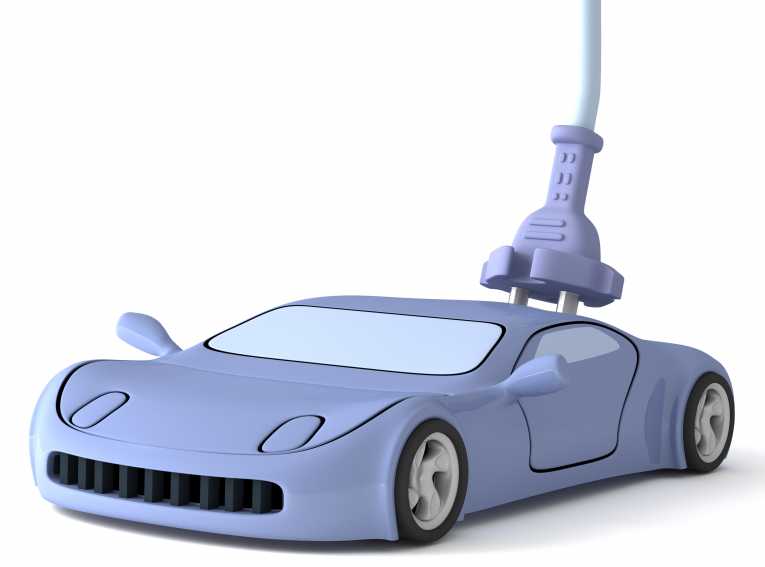Electric cars may command the highways of the future, but whilst the electricity used to charge them flows from fossil fuel power-stations, the timing of their recharging is critical in how pollution levels play out. Thats the interesting conclusion to come from a paper published today in the journal Environmental Research Letters. It models the effect on ozone levels of different charging times for plug-in hybrid cars used in urban environments.
Hybrid electrical cars make use of an electrical motor to power the vehicle at low speed - and this is already known to be beneficial for air pollution in urban areas. But not all pollution for electrical cars comes from the tailpipe. The electricity that is used to charge the car's battery comes from the grid - and much of that is still powered by coal, oil and or gas.
These power-stations have their own pollution issues, in addition to the problem of greenhouse gas emissions. They emit hydrocarbons and nitrogen oxides, which react with oxygen in the presence of sunlight, to produce ozone. As a result, they can be major contributors to ozone smogs in cities across the US. The researchers from the Massachusetts Institute of Technology, and the University of Texas, wanted to see if the timing of car-charging would influence the overall level of pollutants - and especially the production of ozone.
To do this, they took 3 different scenarios for charging plug-in hybrid electric vehicles (PHEVs), and modeled the effects on pollutants in 4 different Texan urban areas - assuming that 20% of mileage traveled was using this type of electric car.
The first scenario looked at battery charging during the nigh-time off-peak period; the second at charging just before the journey; and the third at plugging-in immediately after the drivers had finished their traveling.
Overall, all three scenarios showed improved air quality. But nighttime charging showed a definite reduction in ozone.
This was because, although the highest nitrogen oxide releases were from power stations working at night, without the sun being around, these gases couldn't react to help form ozone. By dawn, the pollutants had dispersed, and so there was no further danger of ozone formation around the power-plant.
This has important implications for electricity tariffs as more of the nation 'turns on' to electric cars. Lead author, Dr Tammy Thompson from MIT said ''As more of the fleet switches over to PHEVs and a larger demand is placed on the electricity grid, it will become more important that we design and implement policy that will encourage charging behaviors that are positive for both air quality and grid reliability.''










